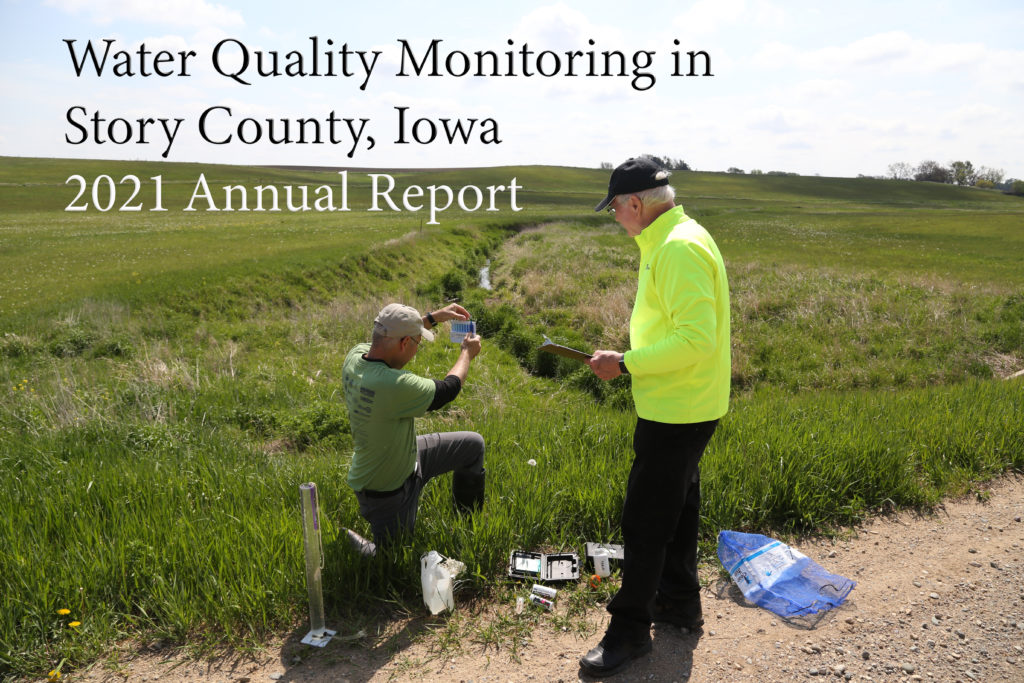Prairie Rivers of Iowa has just released an annual report investigating water quality in streams and lakes around Story County. Prairie Rivers of Iowa worked with Story County Conservation, the City of Ames, and other partners in 2020 to initiate a locally-led water monitoring program including both volunteer and laboratory testing.
The report’s author Prairie Rivers of Iowa Water Quality Specialist Dan Haug states, “Our partners and volunteers have gone to a lot of trouble to test rivers and lakes across the county, so we take seriously the job of interpreting the data.” He continues, “It’s only the second year of the program, but we’re starting to see patterns that can help us evaluate nutrient reduction efforts and improve our streams for recreation and fisheries.
Some of the key findings detailed in the report include the risks of waterborne illnesses, algae blooms in lakes and streams, the impacts to aquatic life and the effects of excess nutrients being sent downstream, eventually to the Gulf of Mexico.
“The water monitoring planning team is working hard to bring together all the resources we can to conduct monthly water testing, equip volunteers, educate elected officials and the public about the many water quality issues in our lakes, rivers and streams,” according to Haug.
In 2021, E. coli bacteria was usually low at swimming beaches and parts of the South Skunk River, but high in most creeks. The influence of nitrogen and phosphorus loads from Story County did not have as much influence on hypoxia contamination to Gulf of Mexico in 2021 due to a dry year, but the plan calls for continued monitoring to determine the effects during normal to wet periods helping to identify hot spots and evaluate whether conservation practices are working.
Water quality monitoring results in Story County did however reveal that during dry conditions in 2021, the highest levels of nitrogen and phosphorus were found below wastewater treatment plants. Wastewater effluent may be contributing to low dissolved oxygen levels in some streams harming aquatic invertebrates yet more monitoring is needed to establish patterns.
Other findings during the past year conclude that untreated stormwater from older neighborhoods has extremely high levels of sediment, phosphorus and bacteria.
Water monitoring was guided by a ten-year plan written by nine local partners and facilitated by Prairie Rivers of Iowa.
Water samples were collected monthly from 15 sites and weekly from three sites, with laboratory support provided by the City of Ames. Story County Conservation launched a volunteer monitoring program with 17 individuals and one business participating. Prairie of Iowa used special hardware to collect samples of runoff from rainstorms.
The entire Story County 10-year Water Quality Monitoring Plan, Annual Report, water quality updates, real-time data and educational articles can be found here.

